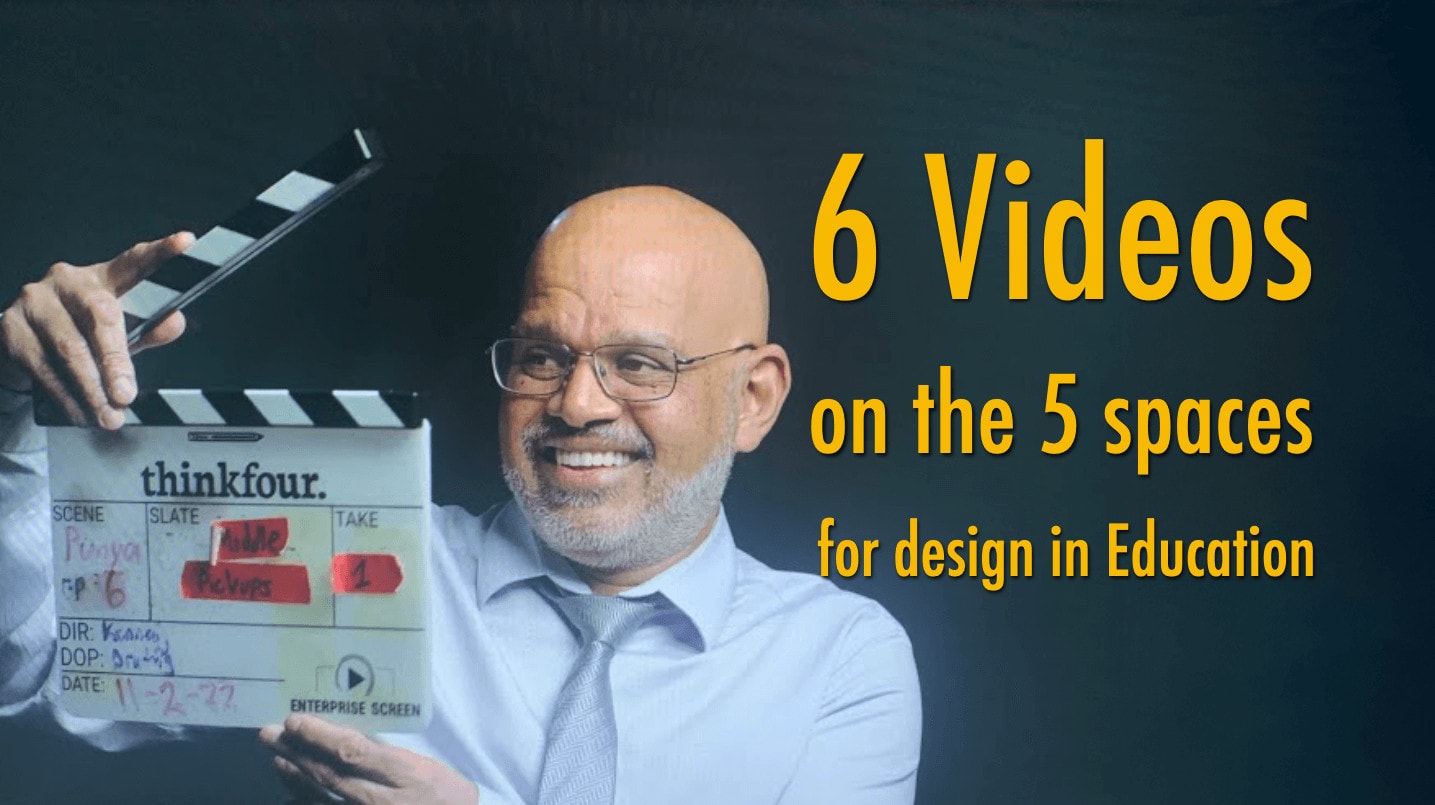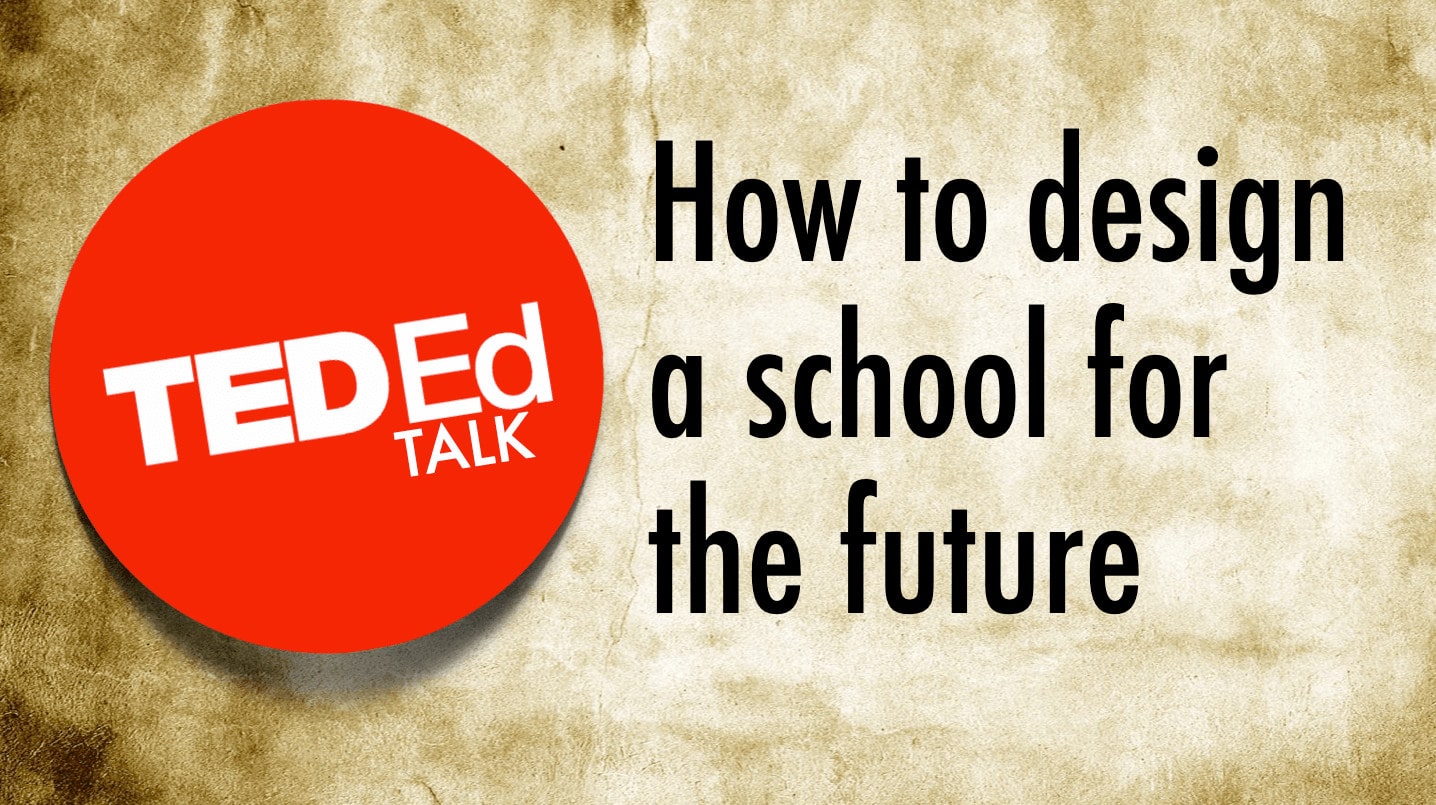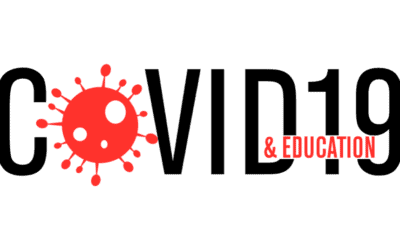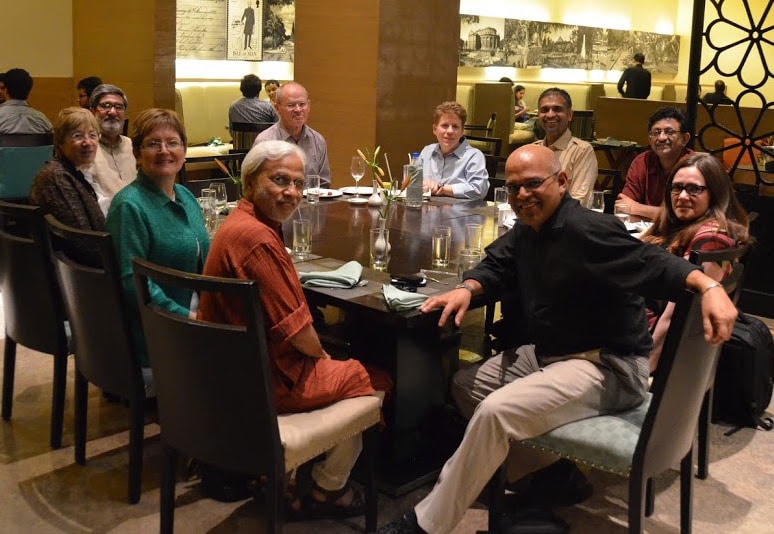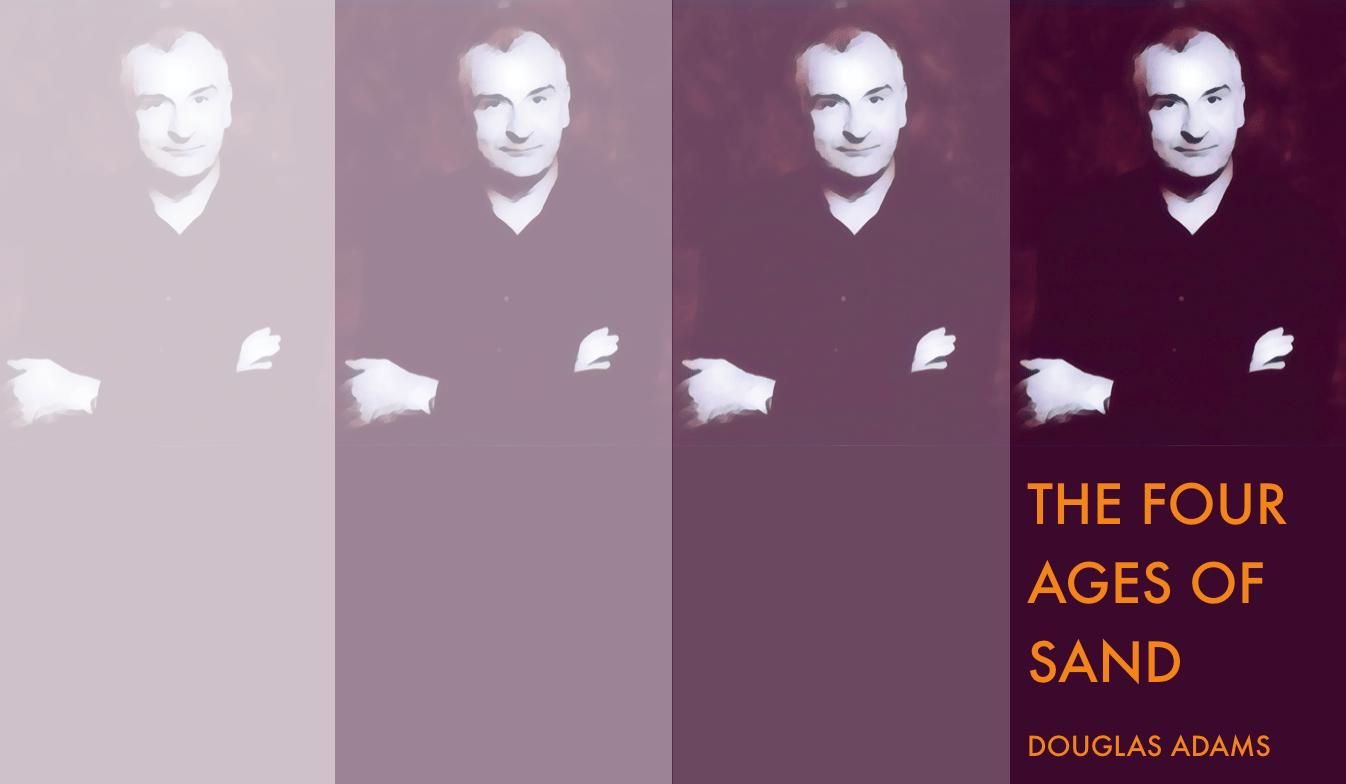Punya Mishra is Associate Dean of Scholarship & Innovation and Professor in the Mary Lou Fulton Teachers College at Arizona State University (with an affiliate appointment in the Design School). As associate dean, he leads a range of initiatives that provides a future-forward, equity driven, approach to inter/trans-disciplinary educational research. He is internationally recognized for his work in educational technology; the role of creativity and aesthetics in learning; and the application of collaborative, design-based approaches to educational innovation. He has received over $11 million in grants; published over 200 articles and edited 5 books. With over 58,000 citations of his research, he is ranked among the top 2% of scientists worldwide and the top 50 scholars (top 10 in psychology) who have the biggest influence on educational practice and policy in the United States. An AERA Fellow (2024), TED-Ed educator (2023), he co-hosts the award-winning Silver Lining for Learning webinar as well as the Value Laden and Learning Futures podcasts. He is also an award-winning instructor, an engaging public speaker, and an accomplished visual artist and poet. More here…
Must reads
Webinars & Podcasts:
Value Laden (archived)
Apple | Spotify | Simplecast
Blog Posts
Dewey, back from the dead
I just got this email from the Cognitive Science program at MSU inviting me for their weekly cognitive forum. Turns out the speaker this week is someone called John Dewey! For a moment I thought Dewey was back with us 🙂 The title of his talk is "How do we know when...
Design for age, design for all
The NYTimes has a story (For the Advanced in Age, Easy-to-Use Technology) about companies that are creating tools that are "helping those in their 60s maintain their youthful self-images." What is interesting is that these technologies are typically not directly aimed...
Visualizing mathematics
I love visual proofs of mathematical theorems. One visual proof I use quite often in my design courses (CEP817 or CEP917) is a visual proof of the fact that the sum of consecutive odd numbers is a square number. In other words: 1 + 3 = 4 = 22 1 + 3 + 5 = 9 = 32 1 + 3...
Limp Kiss
Just Stumbled upon this: A Poem by Nichita Stãnescu Tell me, if I caught you one day and kissed the sole of your foot, wouldn't you limp a little then, afraid to crush my kiss?... more here
Truly grasping 4-D
Understanding 4D while living in a 3D world. A stunning series of videos (freely available for download or online viewing) that teach you how to to visualize four dimensions. Titled Dimensions, these videos were created by a French professor of mathematics in...
Design for democracy
Very nice piece in today's NYTimes about ballot design (How Design Can Save Democracy). The article offers a list of problems with the traditional ballot and suggests a solution. A good example of the value of information design. Check it out here
Feeling ignored by Warner Bros.
Amol just sent me this BBC story titled: Warner 'sues over Puttar movie.' That makes me so angry! How come Warner Bros is not suing me... As the BBC story says Harry Potter maker Warner Bros is suing an Indian film company over the title of upcoming film Hari Puttar -...
Back from India…
Got back yesterday from a short, hectic but sweet trip to India. I had a wonderful time and still have a lot to do to just document all that happened and connect with all the people I met (hopefully over the next few weeks)... but now it is time to get back to fall...
Day 3: Meetings & Workshop
Day 2 ended with my meeting KHari (aka Chairman) and Rags (aka Chore) - two BITS batchmates, whom I hadn't met in almost 18 / 20 years. It was great catching up with them - but what that meant was that by the time I got back to my room I was totally exhausted and...
… or check out some random blog posts
COVID19 & Education
The COVID19 crisis has disrupted education globally at an unprecedented scale. In some ways, we are living through the largest educational social experiment in history! Over the past year I have been involved in a range of initiatives, discussions, interviews, and...
By Design & by Chance: New Publication
Dinner in Bangalore with some of the keymembers of the MSU-APU partnership * One of the highlights of my career at MSU was the partnership we built between the College of Education and the Azim Premji University / Azim Premji Foundation....
Reading online & off
Nice article in the NYTimes (Literacy Debate: Online, R U Really Reading?) about today's generation and how much of their reading happens online (as opposed to reading books). I have seen a change in my reading over time as well. Most of my reading today happens...
What is the value of a theoretical framework?
One question that all doctoral students dread (and rightfully so) is "What is your theoretical framework?" Why, they wonder (silently), why do we need a framework? This question popped up recently in, of all places, Facebook. Pilar Quezzaire, a graduate of our MAET...
Introducing India…
I had been invited to the Second Annual Internationalizing Michigan Education Conference: Building Bridges from Michigan to the World to speak about India. The title of my presentation was Learning about India, the world’s largest democracy. I was assisted in this by...
The value of school: Part 2
Note: This is the second of two posts on the value of school by Kevin Close and Punya Mishra. Read the first post: What value do schools bring? Revisiting Accountability In the previous post we argued that schools play a varied and rich role in the economic, social,...
TPACK Newsletter #2: Feb09 Edition
TPACK Newsletter, Issue #2: Special SITE conference issueLate February 2009 Welcome to the second edition of the TPACK Newsletter. If you are not sure what TPACK is, please feel free to surf over to www.tpack.org to find out more. Gratuitous Quote about Technology...
Unconscious competence, continuing the dialogue
Ken Friedman, whose article I had used as the basis of my previous posting, From incompetence to mastery, the stages dropped me an email in response to my critique. To provide some context, (you can read my full post here) I had suggested in my posting that it may be...
Douglas Adams & Computational Thinking
Illustration by Punya Mishra.See sketch of Douglas Adams at the end of this post. I have always been a huge fan of Douglas Adams, trying to sneak in his ideas into my academic writing whenever I can. I had written about my previous attempts in a blog post...



